Here’s a tale of an over-broad word—urbanism—and what happens when we veer from narrow topics we used to champion. What are the consequences of doing so? Spoiler alert: It’s also a good guide to the ambiguities of many geographical moves or experiencing career transformation.
I’ve worked on this Substack newsletter and its predecessor for over two years, covering topics such as urban change, city identity, and the associated personal experiences that extend beyond the urban realm. It began as a “pandemic comeback” exercise during a transitional period in Seattle after I had lived abroad.
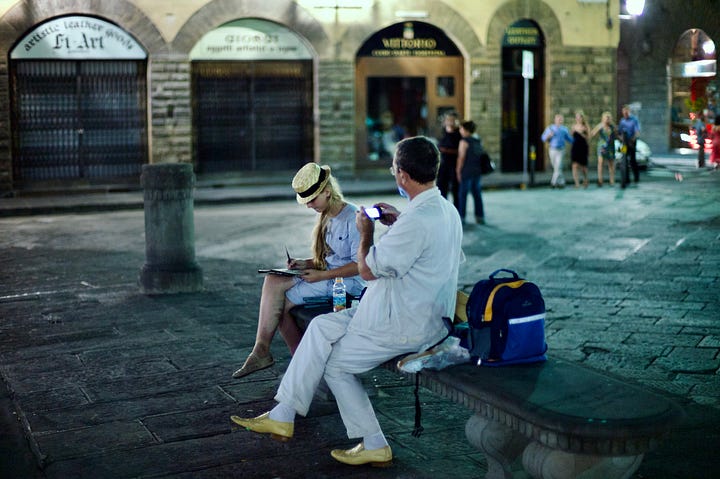

As the months have advanced in New Mexico—unlike 15 years ago, when my urbanism moniker began to take hold, based on numerous articles and three books—I’ve expanded my focus to include place and intermingled landscapes. This is partly because I don’t live in the state’s largest city, Albuquerque, but rather in a smaller one. It is also because Substack’s urbanist vibe already seemed overly focused on housing, transportation, YIMBYism, exclusion, and challenging conventional planning and zoning practices. I wanted to do something a little different in a new place.
Last week, scrolling through a Diana Lind and Ryan Puziycki post titled “An Urbanist Reading List: Who to Subscribe to on Substack," I was initially left out of this enumerated world, and it felt exceedingly odd, even though I had purposefully abandoned ship.
Don’t get me wrong, Ryan was clear that they weren’t trying to exclude anyone. The list is excellent, boasting more than 80 publications, and kudos to its assembly, as Substack is a random and largely unindexed platform, making it otherwise difficult to find newsletters that inadvertently complement one another. And by the way, Diana’s New Urban Order and Ryan’s City of Yes are excellent. For a couple of years, I’ve viewed Diana as the Heather Cox Richardson of urbanist Substack.
For me, a momentary sting of omission? Perhaps.
But then, a more profound reflection: what does such a list, and its omissions, tell us about how "urbanism" itself is being framed, and perhaps, confined? And then I looked at the numerous urbanism Substacks that’ve started and stopped, and I saw several that were not on the new list. I also reviewed those who have compiled comparable lists, as well as all the other lists I’ve seen since online writing became popular. Planetizen, Twitter, blog favorites, professional organization halls of fame—it goes on.
Not to mention the many Substackers who have engaged in discussions and debates about what urbanism is. Like the incredibly prolific Addison Del Mastro, who wins the content count award for “most uses of urbanism from post to post.” Or those who came before.
The latest list is primarily—and impressively—focused on the energetic, often data-driven, and solution-oriented urbanism of YIMBYs, transportation advocates, and the Strong Towns movement. Many are my friends, but I haven’t seen most of them lately, while off the conference circuit and ageing up in the high desert.
They parlay the vital conversations of our day, especially in the United States. They focus on the crucial issues of mobility, housing, homelessness, and fiscal health and resilience.
But is this the entirety of urbanism? No. It is a snapshot subset that matured in the last 20 years.
And by fragmenting an amorphous term (as has also happened with “placemaking”), we risk compromising more general speculations about human settlement and its characteristics, as well as how such settlements interact with pre-existing natural and indigenous environments, vital voices, and perspectives.
Or stated differently, what do we call the full spectrum of what it means to understand and shape our cities? Do we have a list for generalists as well? Not to mention the insights of prior generations. Hippodamus of Miletus, Patrick Geddes, J.B. Jackson, or Catherine Bauer, anyone?
Last Summer, Kaid Benfield, a long-time friend (not an “old friend,” as that would be ageist), had some things to say. He was nostalgically reflecting, I suppose, on a time (around 2010) when he, I, and others wrote a little more generally—and more poetically— about the vital conversations mentioned above.
In "A Very Personal Take: I’m Struggling with the Word ‘Urbanism,’ and Here’s Why," he explained in long form how the term itself has become a container too small, or too easily misunderstood. Benfield noted his discomfort with "urbanism" as a term to describe city improvement efforts, as it can carry negative connotations or fail to convey a broader vision of green, healthy, and holistically considered places and ideas. Please read it. He is the same guy who wisely abandoned “vibrant” and “smart growth” when their time had come.
When a field (if it is a field) is increasingly defined by its most visible online proponents or its most readily quantifiable metrics, what nuanced understandings do we lose?
What happens to the “urbanism of experience” that I wrote about in Public Square during the pandemic, about English, Portuguese, Maltese, Australian, and American locales, the deeply felt, the sometimes unquantifiable dimensions of place?
This resonates deeply, especially when I consider the foundational influences that have shaped my perspective. My friend, Google Gemini Advanced (whom I consult with on occasion), informed me that my father, Professor Myer R. (“Mike”) Wolfe, viewed urban design as an inherently humanistic, interdisciplinary field that works towards the betterment of our built environment. He believed in "constant questioning and even shattering of established beliefs" about the design and planning professions. He sought to expose them to the social sciences as a necessary addition to concerns for the physical dimension. He focused on urban form as an artifact and the humanistic underpinnings of urban design and planning.
Before the proto-newfangled urbanist era, the urbanist’s toolkit was fairly well-defined: there were planning principles, framing policies, talented designers, and systems analysis, including evaluation phases. These are still important.
However, we also need urbanists (if we still want to call them that) who resonate with human experience through an "unseen toolkit." In my last few posts, I’ve talked about framing resurgence, and to do that, we need more:
Profound Observation, Both Internal and External, See the city, certainly, but also see ourselves reflected within it. Notice how a place resonates with our internal landscapes.
Narrate and Summarize. Remember that cities are collections of stories—of displacement, adaptation, cultural memory, and hope. This means being adept at reading and articulating these often-competing narratives. There are many more story types than the demise of the automobile.
Remember and Recount the Lived Experience. Admit the messy, uncertain, and imperfect realities of change, urban or otherwise, that we all live in.
Remember Resilience as Part of Resurgence. Increasingly, urbanists (if we can still call them that) need to understand how communities of all sizes and their residents navigate storms, floods, cope with loss, find new meaning, and rebuild.
Aside from osmosis from my father, my days as a land use lawyer were as valuable as any other experience in understanding how people relate to their communities. Nimbleness in drafting or applying any master plan or zoning code, whether or not a single-family emphasis is eliminated, is a secondary skill.
This kind of deep, experiential engagement with place may not be list-making. Still, it’s my focus of late, including an upcoming salon at the Historic Santa Fe Foundation, "Leveraging Place: New Lessons for Santa Fe," I'll be discussing themes of connection, absence, and the historical layers that provide tools to appreciate, engage with, and ultimately sustain a city's complex spirit in an evolving world. We’ll see where it goes.
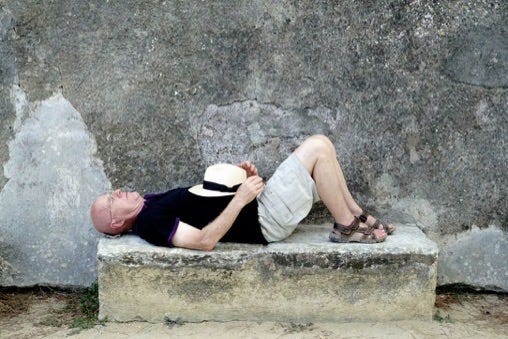
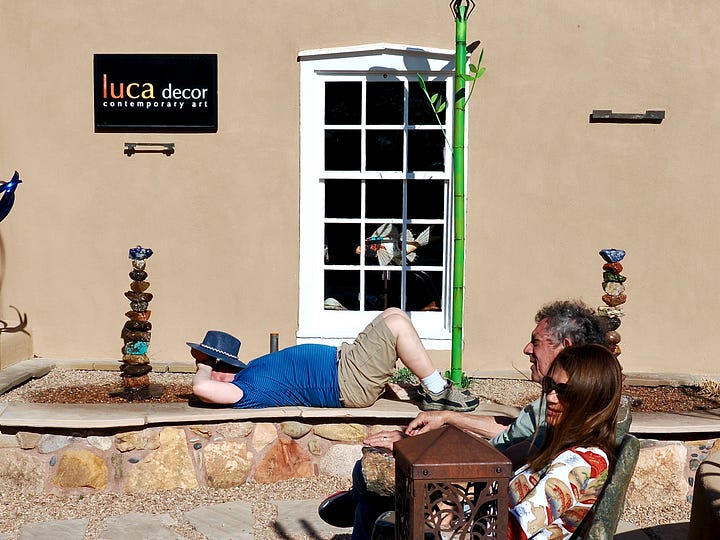
Being omitted from a list can be quite an affirmation. Suppose the list itself reflects a narrowing of the urbanist lens. In that case, my work, and the work of others who focus on these deeper, more human-centered dimensions, is simply operating in a different, though no less vital, sphere.
As Benfield said, the use of the term “urbanist” needs to expand—or perhaps it should not be used at all. I say embrace the discomfort of the personal, the unquantifiable, the deeply felt. The actual work of sustaining place, I believe, lies in this more holistic approach.
The conversation Benfield started is a conversation worth subscribing to, whether it makes a Substack list or not.


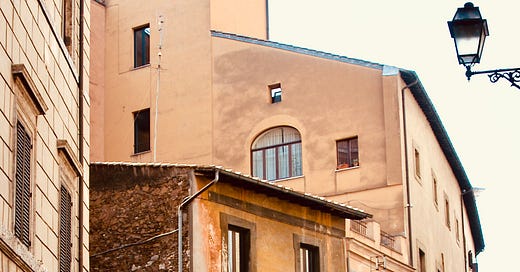




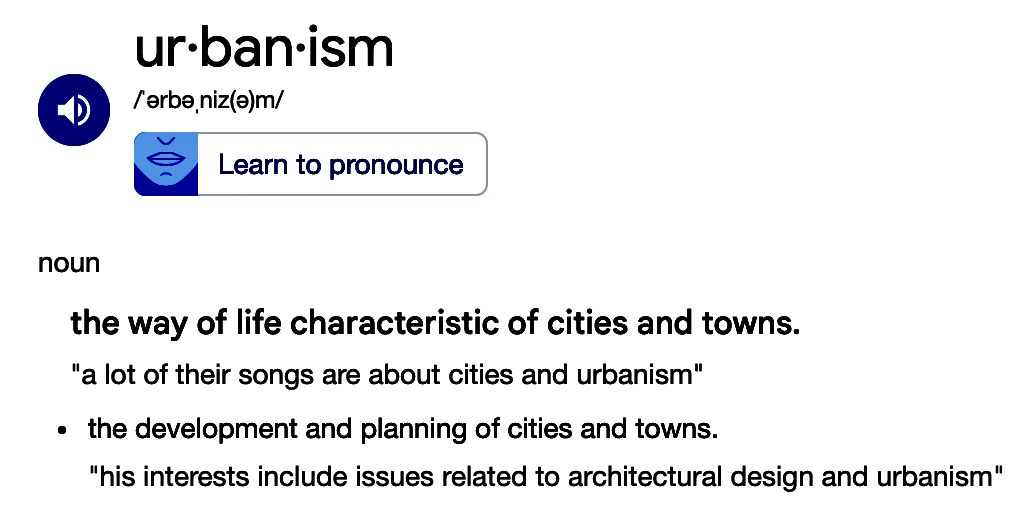
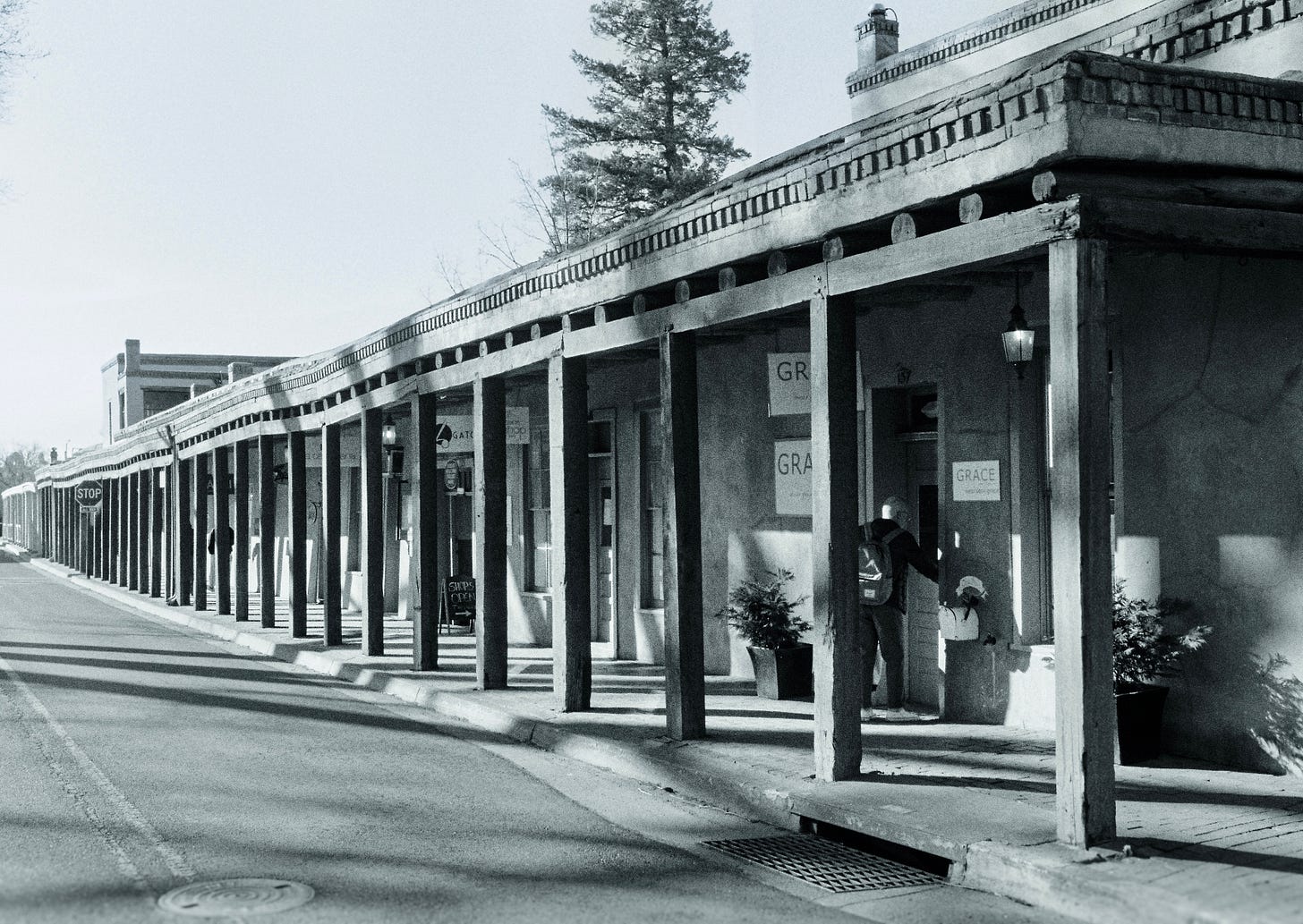
Nice essay. I have long advocated for going broad, but the world often wants you to go “narrow and deep“. Often too much specificity leads to jargon, buzz words, and cliché.I don’t think people realize that it takes skill to go broad (without being superficial) and capturing the spirit of a place and/or an experience.
Thanks for the essay, and again, sorry for the initial omission. I am sure Ryan will update the list once he is back from vacation. I am happy, however, that it means I am now aware of your work.
As for the point here about urbanism, I have come to recognize that the term is totally imperfect, but that it can be useful as shorthand. I use it mostly because I have not come to find any other word that approximates the same set of concepts. If a more useful word comes into fashion, maybe I'll start using it.
I also sort of enjoy the fact that it's argued over and has different meanings for different people!